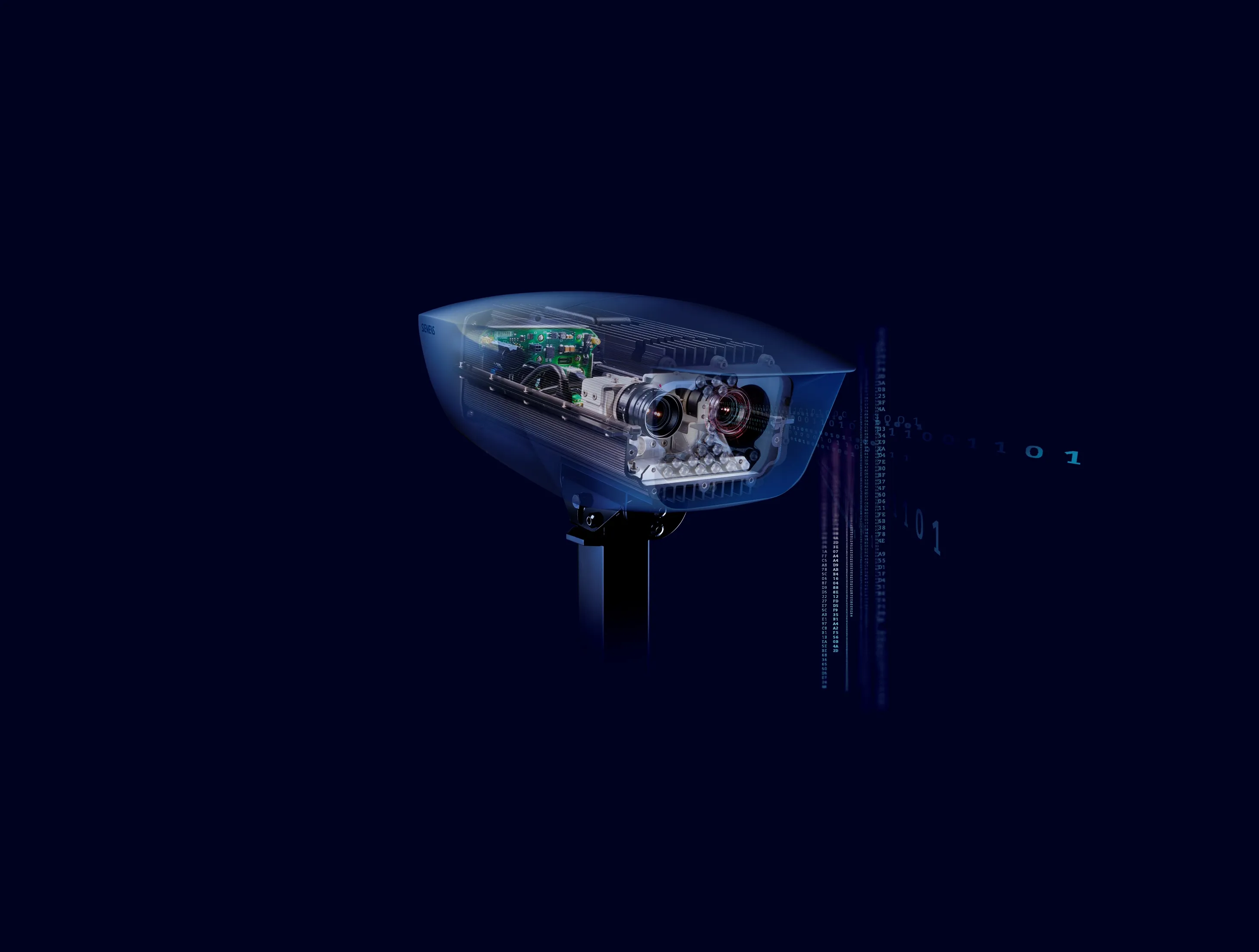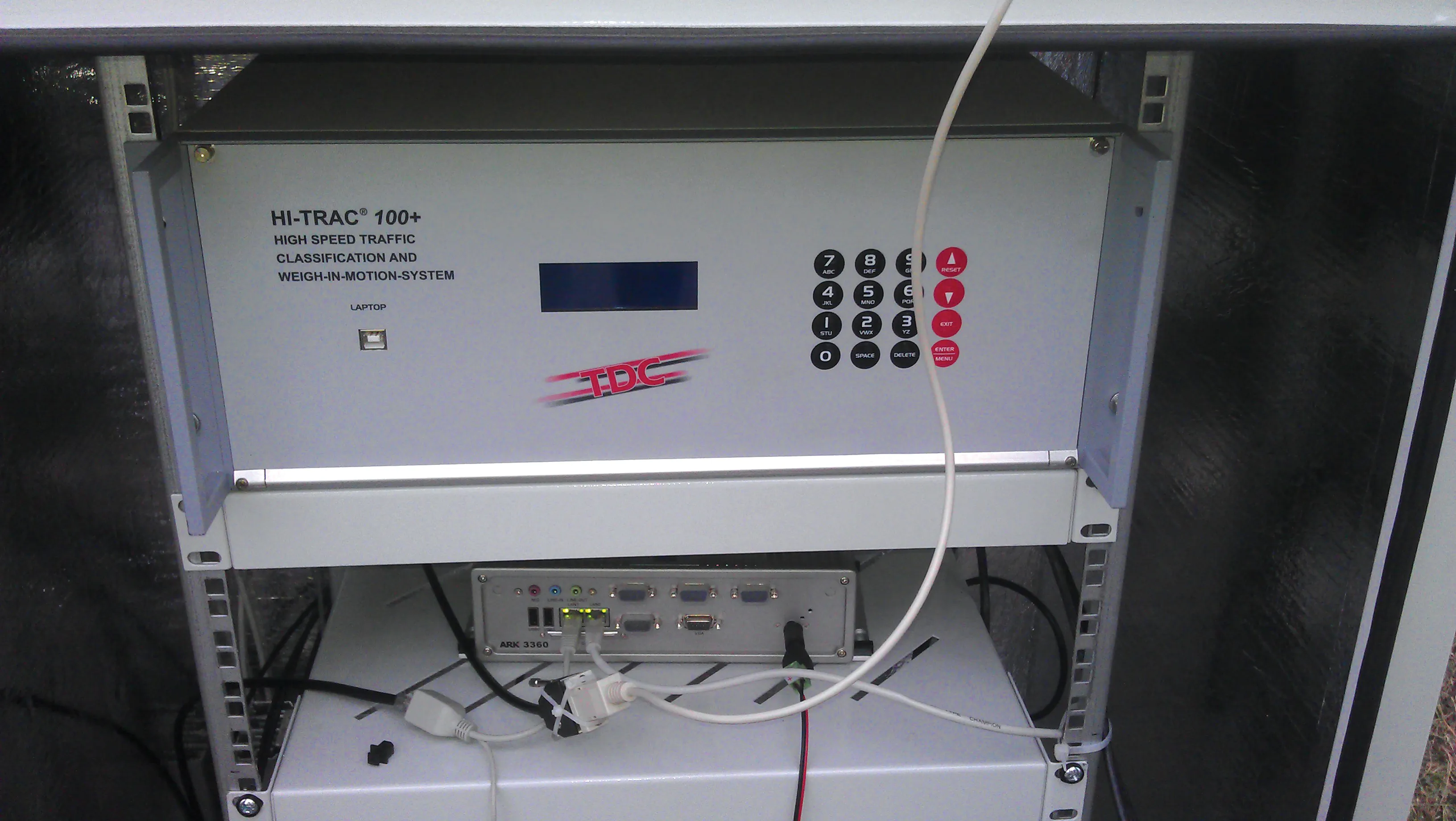
The cameras have been deployed along the seafronts at Brighton and Hastings.
The schemes use a combination of visible and invisible infrared lighting which is more sensitive to the effects on local residents and the environment. It’s the first time such schemes have been installed in the county.
“Using a collection of cameras along Brighton seafront on Marine Parade and a further set of average speed detection cameras on the A259 in Hastings, compliance levels have reached 98.8% which is exceptional,” said Mark Trimmer, operations manager for Sussex Safer Roads Partnership.
The partnership is a local government initiative aimed at increasing road safety and reducing road casualties across Sussex, through education, engineering and enforcement. Members include both the councils of East Sussex and West Sussex, Sussex Police and emergency services.
“The project team at
“So the initial scheme was changed to include infrared lighting solutions in these areas in combination with the cameras. Since installation of the schemes, there have been no complaints from any residents about the placing of the cameras and supplementary lighting.”
Siemens SafeZone is an average speed enforcement system based on automatic number plate recognition (ANPR) technology and the company’s first generation camera Sicore which uses a Siemens vision engine based on over 30 years optical recognition technology.
By identifying all vehicles as they enter the enforcement zones, SafeZone calculates average speed over a measured distance travelled within the zone, ensuring high compliance to the speed limits and safer traffic flow.
Evidential records are only created for vehicles that exceed the speed limit and are sent remotely to the back-office for processing through a fixed communications network.
Building on the success of Sicore, all new ANPR deployments will benefit from Sicore II, Siemens’ next generation ANPR camera. Highly flexible and supporting many countries of the world, this new camera delivers high-quality, evidentially secure images - in all weather conditions.
Sicore II uses the latest camera sensors to give impressive evidentially secure identification in all conditions for traffic enforcement, low emission zone management, tolling or access control.
Three-lane coverage of up to 9.5m with a single camera allows the processing of up to 2,500 fast-moving vehicles per lane per hour. Because of this, fewer cameras are needed and, even in high occupancy situations on fast flowing roads, Sicore II never misses a vehicle.








